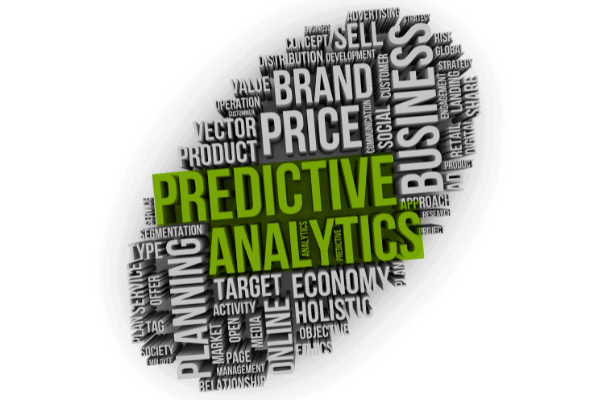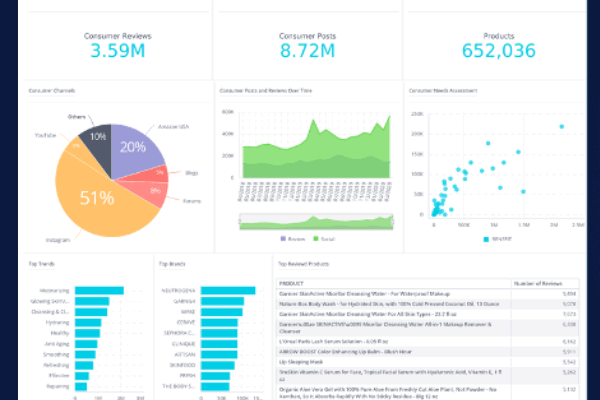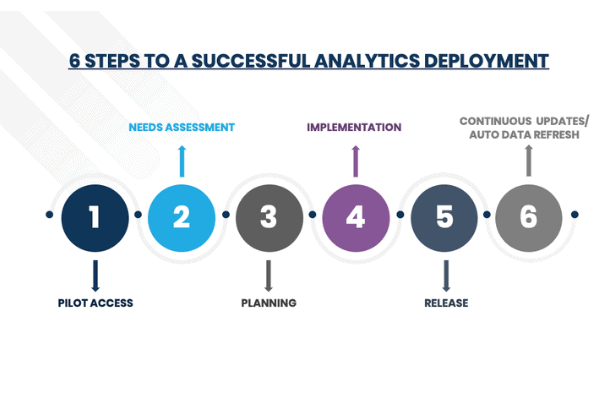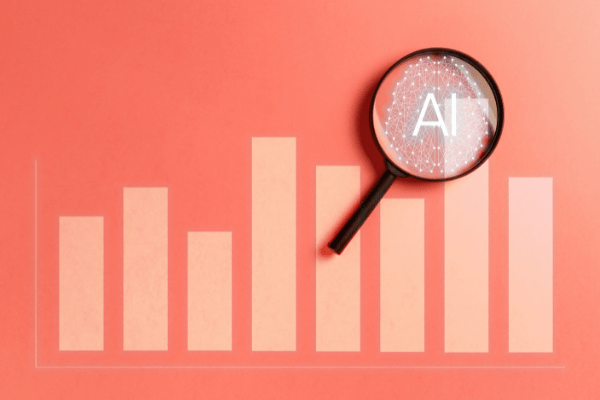We’ve been talking a lot lately about predictive analytics, what to look for in a platform, how to build predictive models and what technological advances are making predictive analytics processing possible at scale. In disruptive times like what we are living through now with COVID-19 and other massive market changes like the dramatic rise of e-commerce and the emergence of Direct to Consumer (DTC) brands, predictive analytics are taking center stage in helping companies respond and plan for the future.
So for today, we wanted to take the discussion one step further and talk to the person responsible for delivering predictive analytics at scale with our enterprise clients, Maor Assa, Analytic Modeling and BI Team Lead, here at Skai.
Hi Maor and thank you for taking the time to be with us. Before we get started, please tell us a little bit about your role at Skai and how you got here.
The Skai platform can be leveraged in many ways to achieve competitive edge. The customer success team which I am part of is responsible for delivering customized solutions to allow our clients to help them maximize the use and impact of analytics in their organizations. I have the privilege to lead the Modeling & Analytics team, answering clients’ business questions with dynamic data models and insightful predictions.
In previous positions, I also worked with big data to streamline and provide effective control over business operations. I had the opportunity to define and implement data platforms and business intelligence tools to support global supply chains for very large and established organizations which allowed me to understand large-scale implementations and processes. I was lucky enough to have worked several years with early stage startups – from the development and implementation of data collection processes in school classes and university labs to the formulation of innovation processes. This experience really ignited my passion for disruption and my role at Skai allows me to fulfill this aspiration by continuously leveraging data in disruptive ways.
Predictive analytics is the new buzz in the big data world. Can you explain what it is exactly?
Predictive analytics is basically a group of methods that allows us to achieve two main objectives:
- Identifying patterns in past business eco-systems data and understanding them in detail
- Applying the learnings of the past data to predict future opportunities and risks
It sounds simple but in order to portray an accurate future one must be able to have a granular view of it – asking pinpointed questions is key in order to get a meaningful prediction. And having a strong data capability is key to asking meaningful questions. Like every good mystery, it all boils down to rich data and good questions.
Why do you think predictive analytics is so hot right now in particular?
I think that there 3 main drivers for the emergence of predictive analytics as a strategy navigation tool today:
- The culture of big data driven processes in organizations has reached critical mass with almost 60% adoption by businesses globally;
- The available computational environments are significantly stronger than they were seven years ago;
- The Black Swan event of 2020. The disruption brought about by COVID-19 is definitely accelerating the need for organizations to better analyze future risks by identifying them early. The same goes for the early identification of opportunities presented by rapidly emerging trends. There are enough risks for everyone, but not many opportunities to go around.
The adoption of predictive analytics is a natural evolution when combining the above drivers for the change in the commercial applications of data science.
What is different about Skai approach to making predictions?
I think that first of all, our configurable data platform and the way we apply taxonomies makes a huge difference – allowing us to have an extremely granular view of the market landscape to be able to answer various business questions. In addition, we can dramatically improve the prediction accuracy by connecting endless data sets and capturing the nuances of consumer discussions.
Second, the capabilities we have built as a group of data experts creates a holistic approach that clients can adopt to streamline the prediction outputs into their operations. The fact that we combine automated and advanced analytic technology with domain experts in analytic modeling makes for dynamic predictions that really impact decision-making in an organization, allowing it to be a central component, not a static reference, for executive management that are making strategic decisions.
What would be your advice to a client on how to implement predictive analytics? Are there some must-dos or never-dos that you can share with our audience?
My biggest advice would be to invest a substantial part of the effort in clarifying the business question. Predicting future sales value can be very powerful tool in certain cases, but many times, predicting innovation trends requires more than sales tools to achieve accuracy, therefore including various data streams would be the next area to emphasize.
The third point I would like to highlight is the need to define the specific tool needed. We are currently engaged with projects that provide prediction of future emerging trends but also advanced monitoring and alerting systems, tracking the predicted trajectory of trends with dynamic models that are based on the analytical prediction. The ability of an organization to leverage its advantages lies heavily on identifying the right opportunities and this begins with asking the right questions, leveraging the right data sets and producing the right models.
————————————–
*This blog post originally appeared on Signals-Analytics.com. Skai acquired Signals-Analytics in December 2020. Read the press release.





